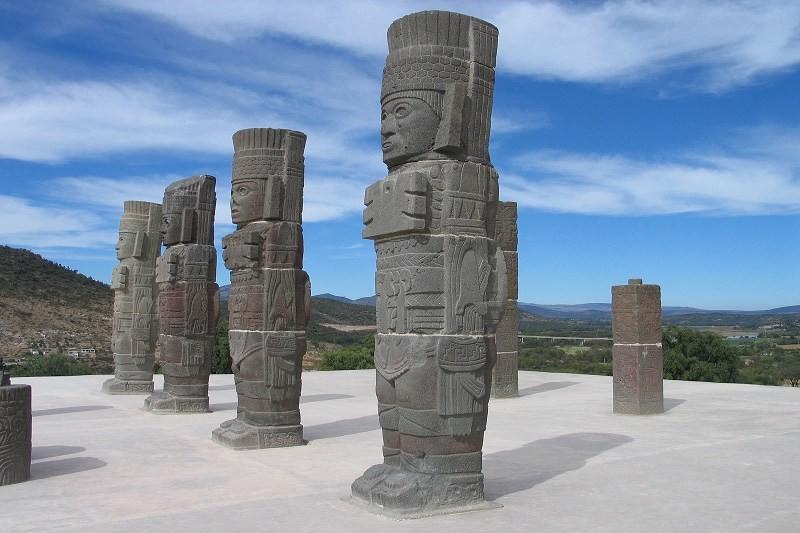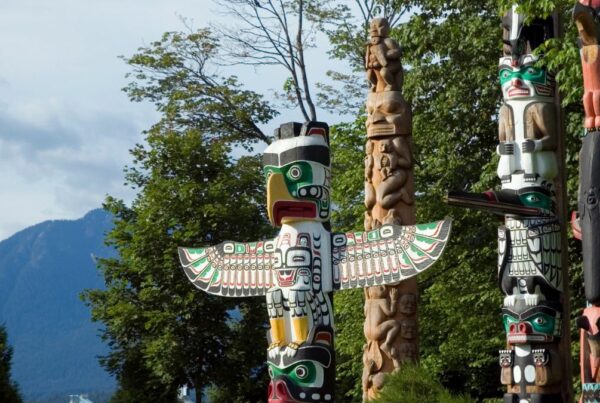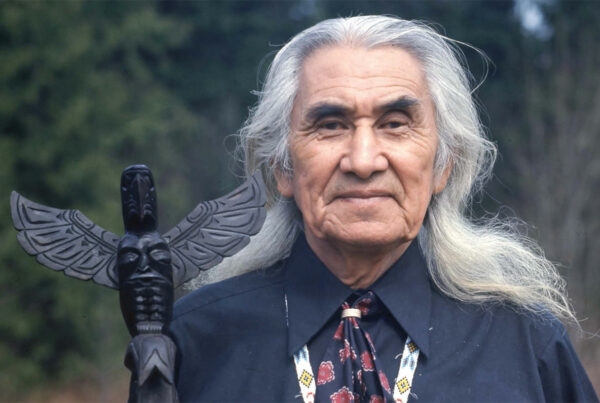The Zapotecs are the indigenous people of the Mexican state of Oaxaca. They call themselves “Be’ena’ Za'”, meaning the Cloud People.
The Zapotecs live in the southern Mexican state of Oaxaca. There are between 800,000-1,000,000 speaking the Zapoteca languages and dialects today. In pre-Columbia times, the Zapotec civilization was one of the highly developed cultures of Mesoamerica.
Their writing system is thought to be one of the first writing systems of Mesoamerica and a predecessor of those developed by the Maya, Mixtec and Aztec civilizations.
There is some debate as to whether Olmec symbols, dated to 650 BC, are actually a form of writing preceding the oldest Zapotec writing dated to about 500 BC.
Like most Mesoamerican religious systems, the Zapotec religion was polytheistic. Their two most important deities were Cocijo, the rain god and Coquihani, the god of light.
As corn was a staple of their culture, they also highly revered Pitao Cozobi, the god of maize. Zapotec deities were predominantly associated with fertility or agriculture.
According ancient Zapotec legends, their ancestors emerged from the earth, from caves and turned into people from trees and jaguars.
The governing elite of the ancient Zapotecs believed that they descended from supernatural beings who lived among the clouds, and that upon death they would return to the clouds.
The name by which Zapotecs are known today results from this belief and they call themselves “Be’ena’ Za’a”, which means The Cloud People.
The Zapoteca Culture

In the Zapoteca language, most names of animals begin with pe/be or pi/bi, which means breath, wind, or spirit.
The Zapotec divide the kingdoms of life into four broad categories:
- Bwínn = people
- Mán = animal
- Buaa’ á = mushroom
- ‘Yàga’ = plant or tree
They believe there are normal people and supernatural people, the later being more interesting.
Supernatural people can be evil like the devil, or stone dwarfs and fairies who offer wisdom from the heart of nature.
The Zapoteca are renowned around the world for their intricate and richly colored art, textiles and tapetes (wall hangings) . They make extensive use of natural dyes in combination with a variety of mordants, to achieve a rich array of distinct colors.
They are also well-known for their mind altering drink called Mescal, which is harvested using traditional methods going back to ancient times from a cactus that grows through Oaxaca.
- 10 Sustainable Travel Trends Driving The Future of Tourism - March 9, 2025
- 10 Tips To Sell Out Your Transformational Retreats In 2025 - February 20, 2025
- Build 10 Habits That Free Up Your Time With Mindful Coaching - February 11, 2025





